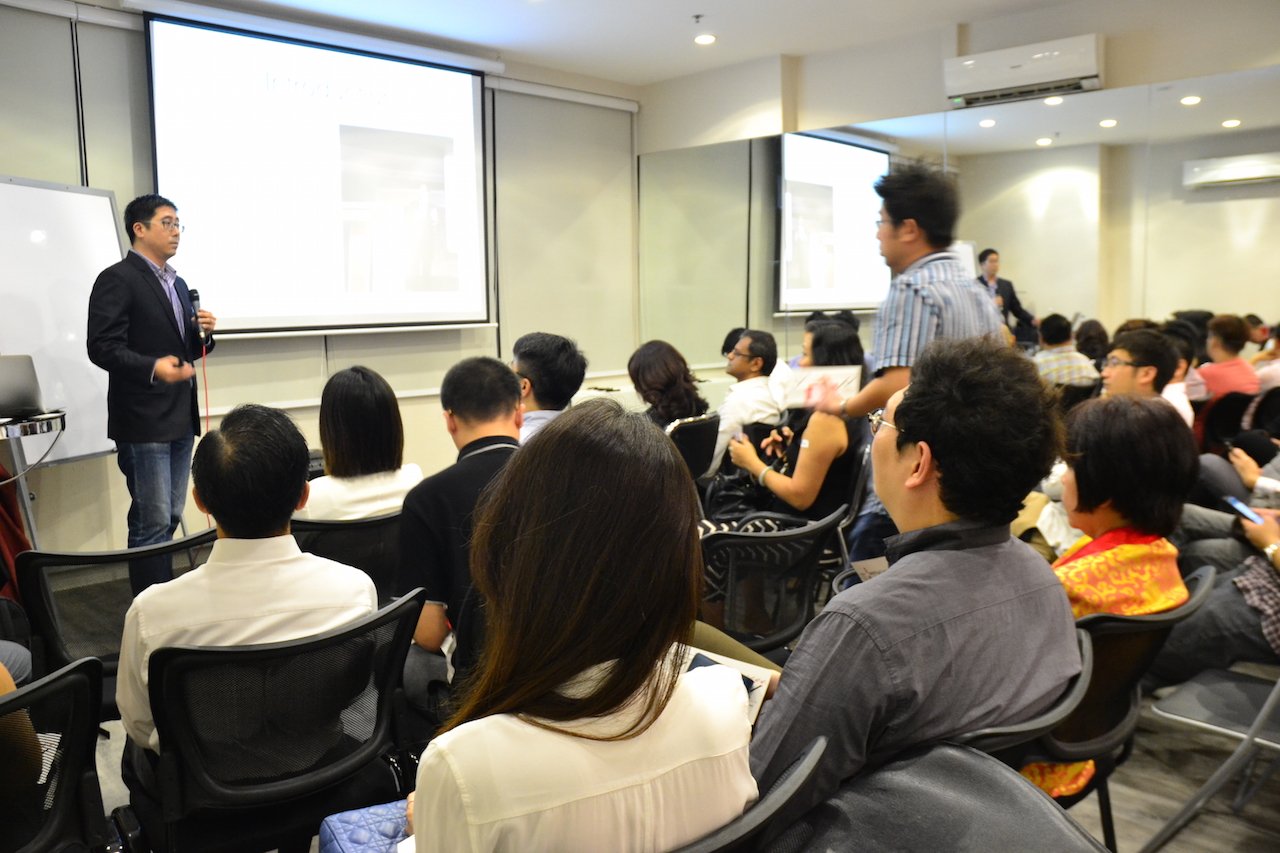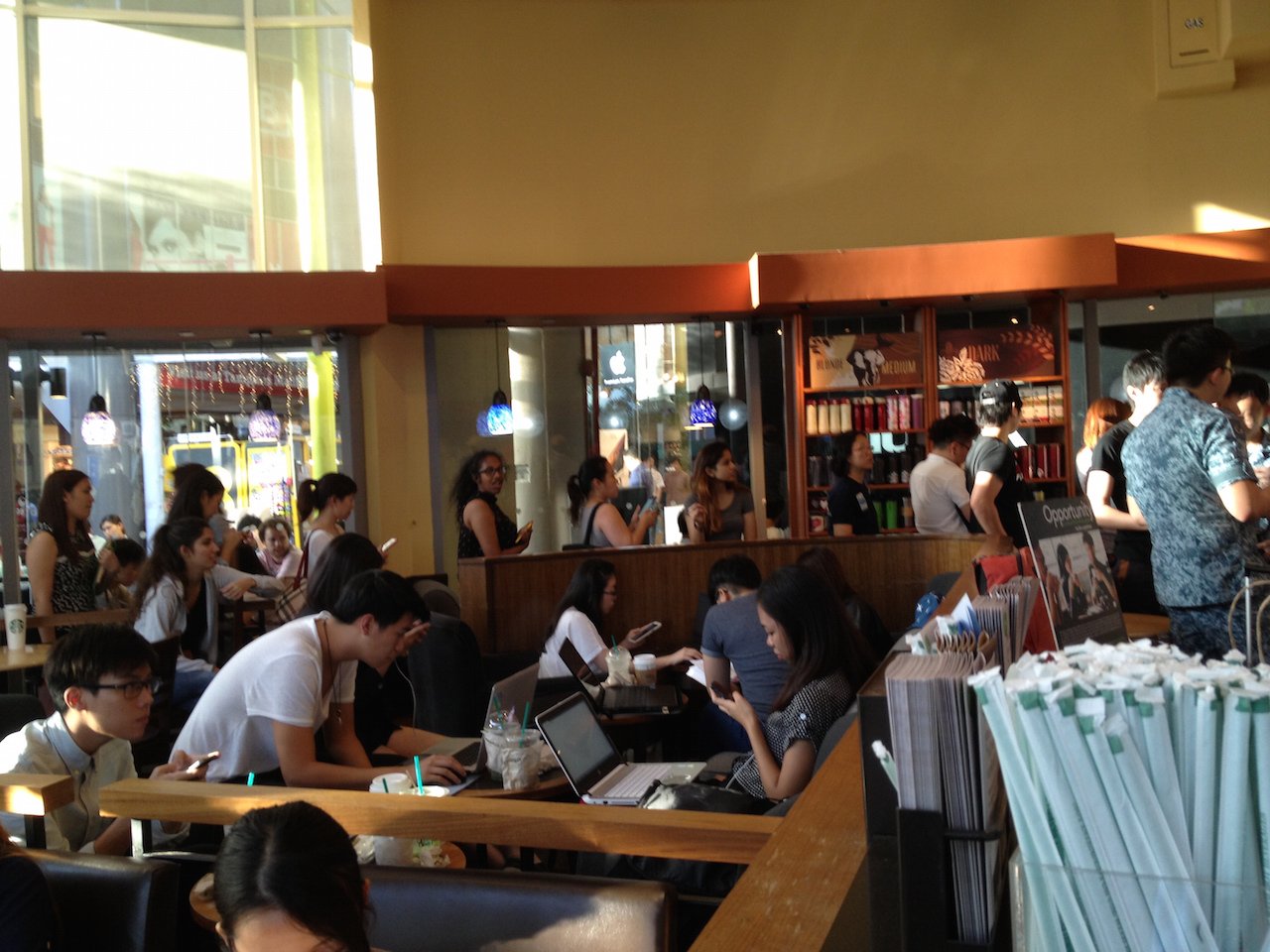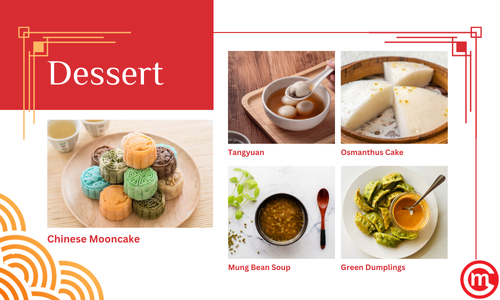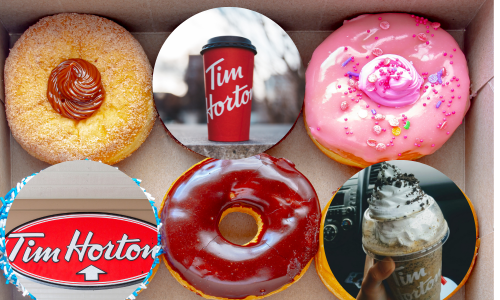What are Coffee Pot Parts?
What are coffee pot parts? Coffee pots are simply containers that are used to hold coffee that has been brewed by the coffee maker. Glass coffee pots or carafes are the most common.
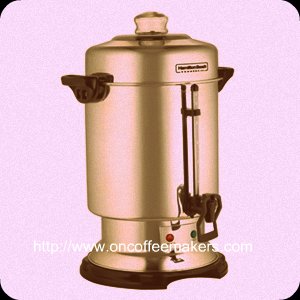
There are also stainless steel coffee pots or thermal carafes, that either come in stainless steel, or in some cases, ceramic. When people are talking about parts about coffee pot, they are simply referring to coffee pots that can hold and brew coffee at the same time.
Therefore, coffee pot parts, which this article will go into detail, are the following: French press, coffee urns, vacuum coffee pots, and percolators, among others.
Articles on making coffee without coffee machine
How to use Kopi Sock?
Learn about the above method and more at our brewing skills workshop.
French Press
The French press goes by a number of names throughout the world. It’s also known as the coffee plunger. In France, it’s also called by its brand names, such as Bodum or Melio. Another French name for the French press is the cafetière.
The French press is a brewing process that does not make use of conventional paper filters. In essence, it’s a narrow coffee pot that has a lid and a plunger (its coffee pot parts), which is a fine mesh that acts as a filter and fits tightly in the coffee pot.
To brew coffee, coffee grounds and water are placed together and left to brew for a few minutes. Then, the plunger is depressed all the way down to trap the coffee grounds, leaving the brewed coffee on top and ready to serve. A coarser grind is required so that the coffee grounds won’t seep through the filter and into the coffee.
Pressed coffee is stronger than the standard drip brew coffee, since it does not make use of paper filters that normally trap the oil and essence of the coffee grounds.
Percolators and Coffee Urns
Percolators are another type of coffee pot that is used to brew coffee. This is the more traditional type of coffee maker and was the most widely used before the advent of the modern electric coffee maker. Percolators are made of stainless steel, and are usually placed on top of a stove to brew coffee. Today, there are a number of electric percolators, which already have their own heat source; therefore a stove is no longer required.
A percolator consists of three basic coffee pot parts. It has an upper chamber which is the filter that is supposed to contain coarse coffee grounds. The larger bottom chamber contains the water.
Finally, there is a tube that runs along the center of the pot from the bottom to the top. As the water heats up and comes to a boil, some of the boiling water runs up the tube, into the chamber where the coarse coffee grounds are stored.
Then the water and coffee mixes and eventually seeps down into the bottom chamber. More water is forced up the tube, and this cycle continues. As the brewing process continues, a sound emanates from the pot, which is the famous trait of the percolator. Once it stops, it’s the indication that the perked coffee is ready to be served.
Percolators can only brew for up to 12 cups. To brew for up to 100 cups, coffee urns are required. Coffee urns are large sized percolators that can brew a massive amount of coffee for social gatherings. Coffee urns work in the same principle as percolators and have the same set of coffee pot parts.
Stuff on office coffee machines
Some of the better bean to cup coffee machine for office use.
Find out about the most popular coffee machine in this coffee drinkers survey.
Coffee bean machine rental by the world's largest coffee roaster.
4 most popular office coffee machines that you will find in the pantry.
Vacuum Coffee Pots
Vacuum coffee pots are the most interesting and fascinating processes of brewing coffee. At first glance, it looks more like a science lab apparatus than a coffee maker.
It basically consists of three coffee pot parts: an upper chamber that contains the coffee grounds, a lower chamber that contains the water, and a tube that runs from the lower chamber to the bottom of the upper chamber.
To brew coffee, place coffee grounds in the upper chamber and place water in the lower chamber. Place the lower chamber on top of a heat source, such as a stove.
Then, attach the tube into the base of the upper chamber and attach the upper chamber to the lower chamber. Make sure that the lower chamber is completely sealed.
As the water comes to a boil, the water is forced up the tube into the upper chamber, allowing the water to mix with the coffee. Eventually, pressure from the water vapor forces all the water up the tube, and by that time, you should remove the whole apparatus from the heat and on top of a cool surface.
As the lower chamber cools down, it creates a vacuum, forcing the brewed coffee from the top chamber to seep into the lower chamber. Once only the used coffee grounds are left in the top chamber, it can be removed. The lower chamber then acts as the coffee pot and you can serve the coffee.
This all sounds complicated, but it’s easier than it sounds. Additionally, because of the vacuum process, all the essential oils and moisture of the coffee grounds are absorbed into the coffee, leaving only dried up coffee grounds in the upper chamber. Therefore, full-flavored coffee is brewed every time.
So, while you cannot imagine coffee pot having any parts, the coffee pot parts that most people refers to might have something to do with the few types of coffee makers highlighted above.
To have further chat about coffee or coffee machines, drop us a message below.
About US | OCM Profile
OCM (OnCoffeeMakers.com) was started in 2007 with the first webpage about coffee machines. And for a number of years, we focused on helping people find their desired coffee machine (we still are helping folks with that! So, if you are looking for coffee machines for office or restaurants - check out the link).
In 2010, we started getting enquiries on restaurant marketing and we start to help food and beverage brands with their marketing. Below are campaigns and events that we have done over the years:
OCM's campaigns: F&B Marketing Ideas by OCM
OCM's Events: F&B Industry events by or with OCM
Check out this restaurant marketing guide to learn more about the many campaigns and companies we have worked with.
Since then, we have also created many marketing workshops and classes for the F&B industry. Many of these modules are still running in tertiary institutions such as Temasek Polytechnic Skillsfuture Academy and also ITE College East COC classes, below are some snippets of our lectures and workshops:
OCM’s F&B workshops: Food and Beverage Marketing Lectures | Workshops - click to watch classes on customer journey map, JTBD and more.
So, if you are looking for industry practitioners to help you scale your coffee or F&B businesses, do drop us a message or book an appointment. Do also check out our various social media platforms on regular F&B and coffee market updates:
For regular coffee (F&B) related videos: OCM Youtube
For Daily Coffee Inspiration (fun coffee content): OCM IG
For insights into the coffee (F&B) industry: OCM LinkedIN
PS: For the coffee lovers, we continue to share coffee articles (and videos) and have also started a free coffee class section (with free online coffee training supported by coffee partners).
OCM Recommends
Latest event/Webinar

Learn more about the event on The Power of Market Research organised by Alumni of Adelaide University.
**Gain insights into Singapore Industry with a free F&B industry report valued at $495.
See you on 24 August 1630 hr. (Sign up below)
Free tickets code: adelaide0823
Starting a coffee shop?: Free Cafe Setup cost Calculator
Just some old Coffee Articles
Brewmatic under cabinet coffee maker
How to use flavia coffee machine
Featured coffee brewing method: How to prepare V60 Coffee?
Previously: Making Coffee with a Coffee Sock.
Recent Articles
-
How to Do Menu Engineering: Complete Guide to Restaurant Profitability
Sep 27, 24 03:09 AM
Learn how to do menu engineering to boost your restaurant’s profitability. Discover strategies for menu design, pricing, and maximizing profitability. -
Tim Hortons Singapore is a Canadian Coffee Chain?
Nov 16, 23 09:00 AM
Do you know that Tim Hortons Singapore is a Canadian Coffee Chain? Apparently only 46% knows that in our IG poll! -
Coffee report on WMF Coffee Machine Brand in Singapore
Oct 11, 23 03:45 AM
Coffee report on WMF Coffee Machine Brand in Singapore
Featured: Office Coffee Machines
Follow Oncoffeemakers.com's board Office Coffee Machines | Singapore on Pinterest.Do check out other cool boards such as the one all on how to make coffee and drip coffee.
Food and Beverage (F&B) Articles
Sustainability Practices in Food Service
3 Free Restaurant Marketing Ideas
Singapore Cafes Reviews -Can they be Trusted?
Location, location, location might be a myth!
Walmart and Walter -The Power of Social Media!
Importance of value pricing for Cafes In Singapore
Why Nescafe is still the Largest Roaster in the World?
Everyone likes Starbucks -here's why
Is your Cafe location an asset or a liability?
Location myopia: why good anchor tenant might not be good?
Measuring the Location attractiveness index.
Social Media Crisis Management for Cafes in Singapore
Free event
Promo
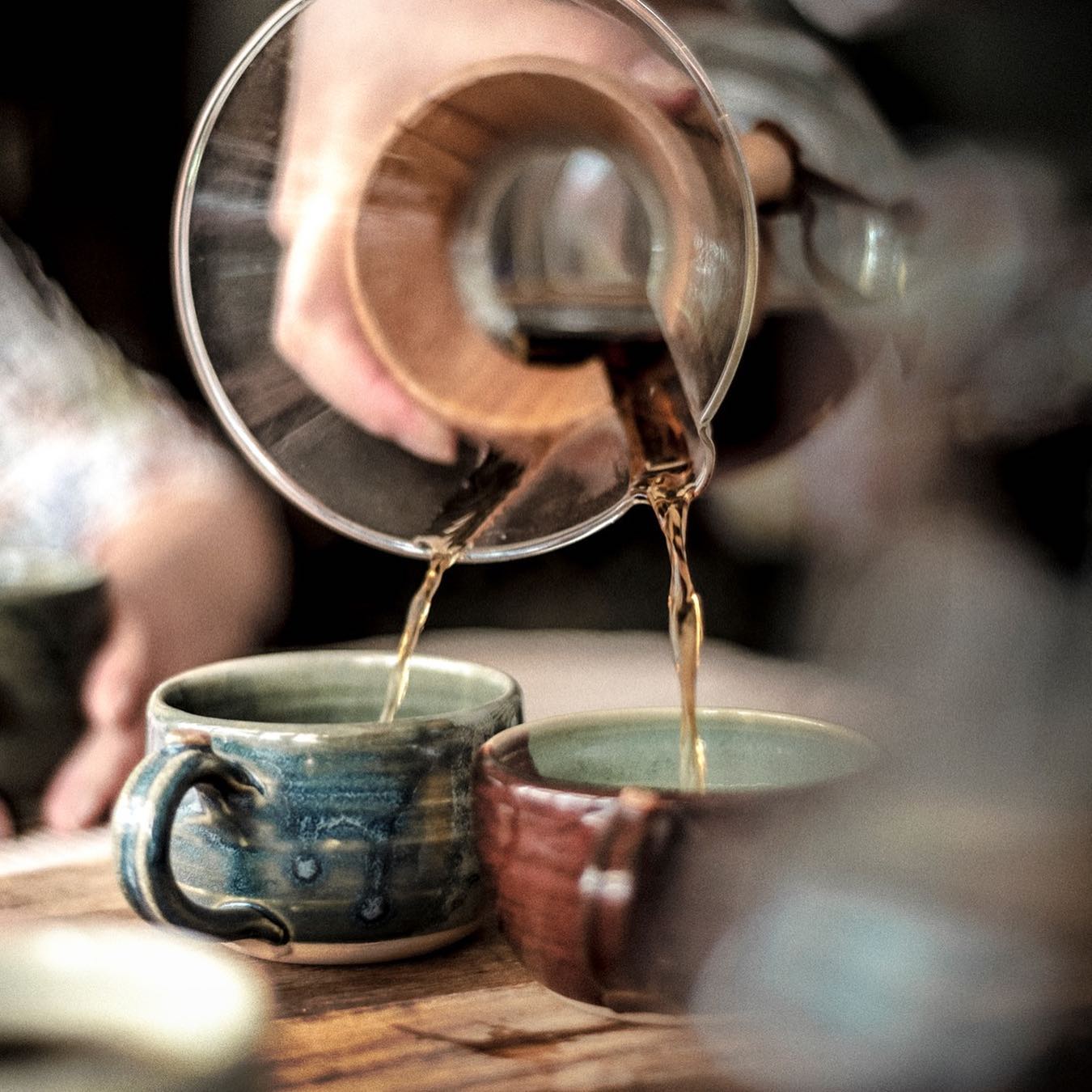
Key in code before check out: WCMFIRST10OFF
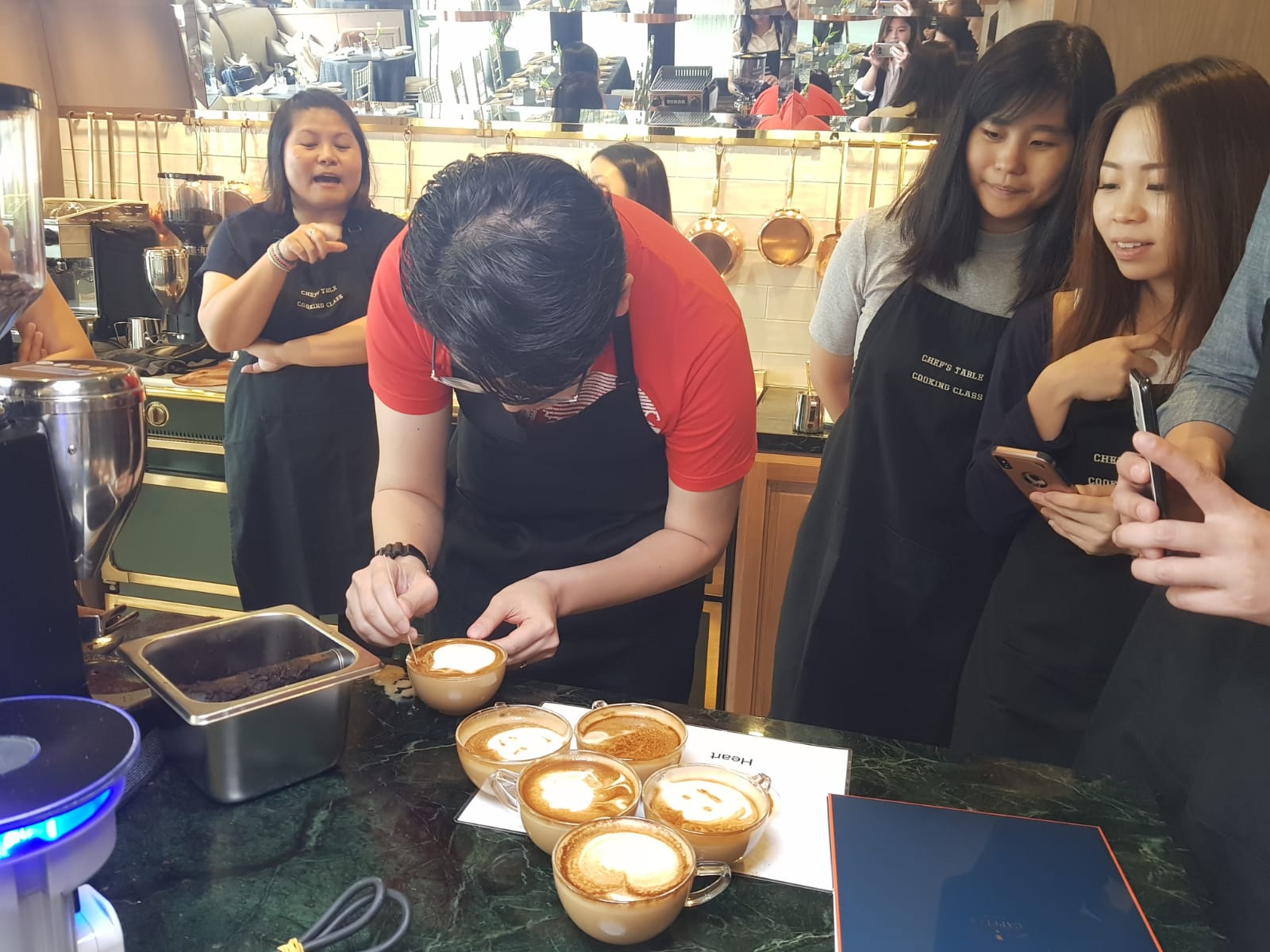
Free Coffee Workshop Singapore
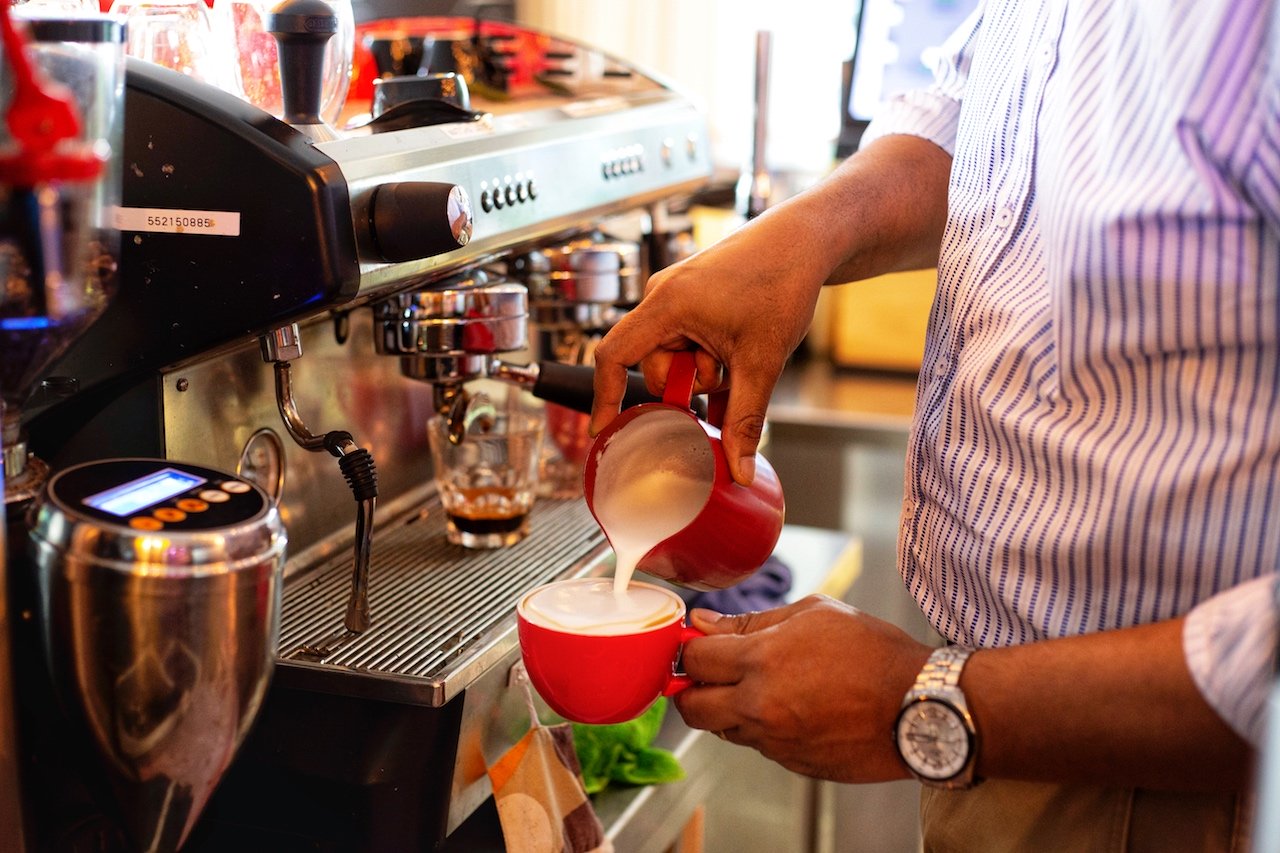
Enjoy Free Coffee in Singapore!
Sponsors
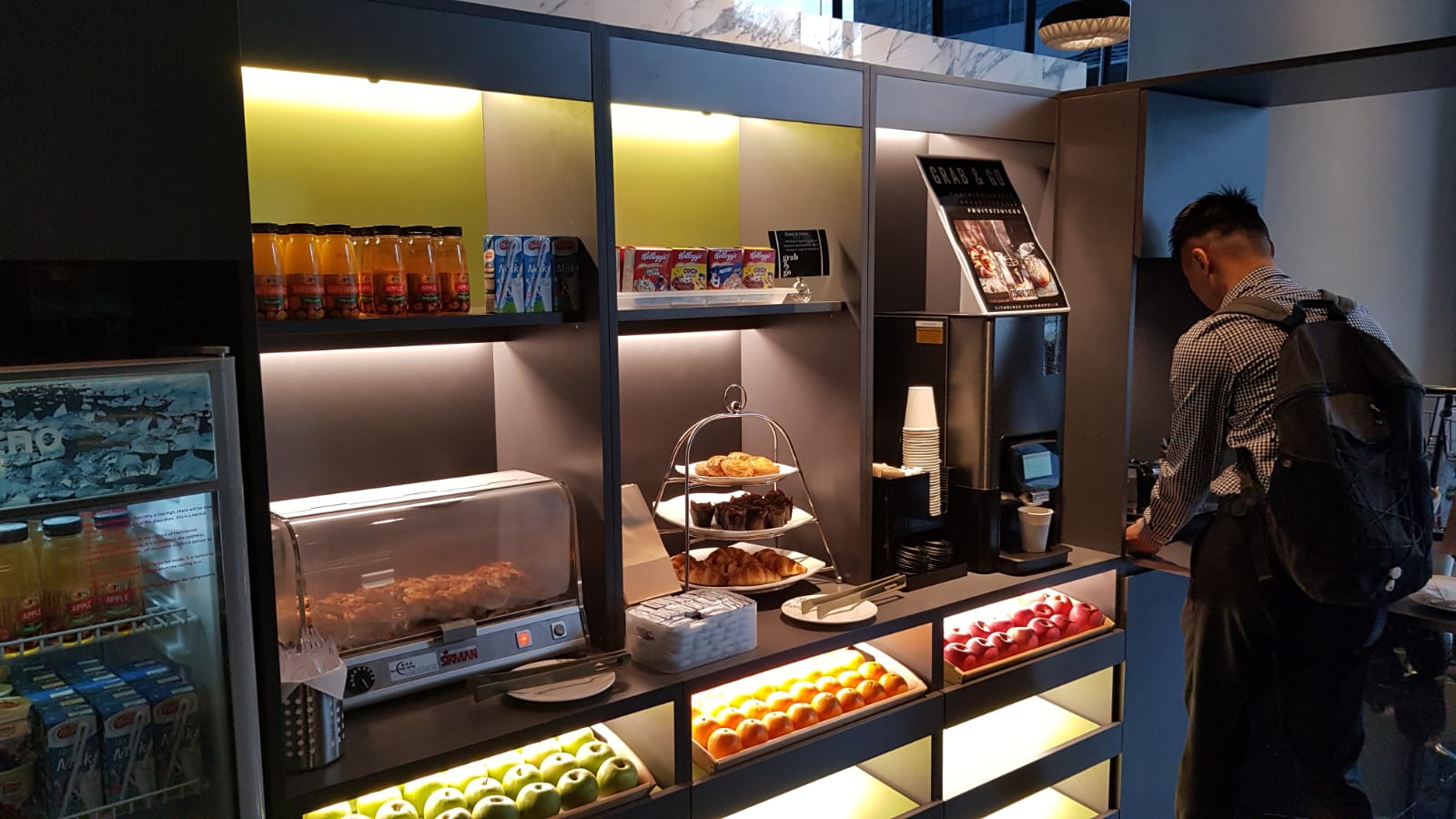
Choosing: Office Coffee Machine
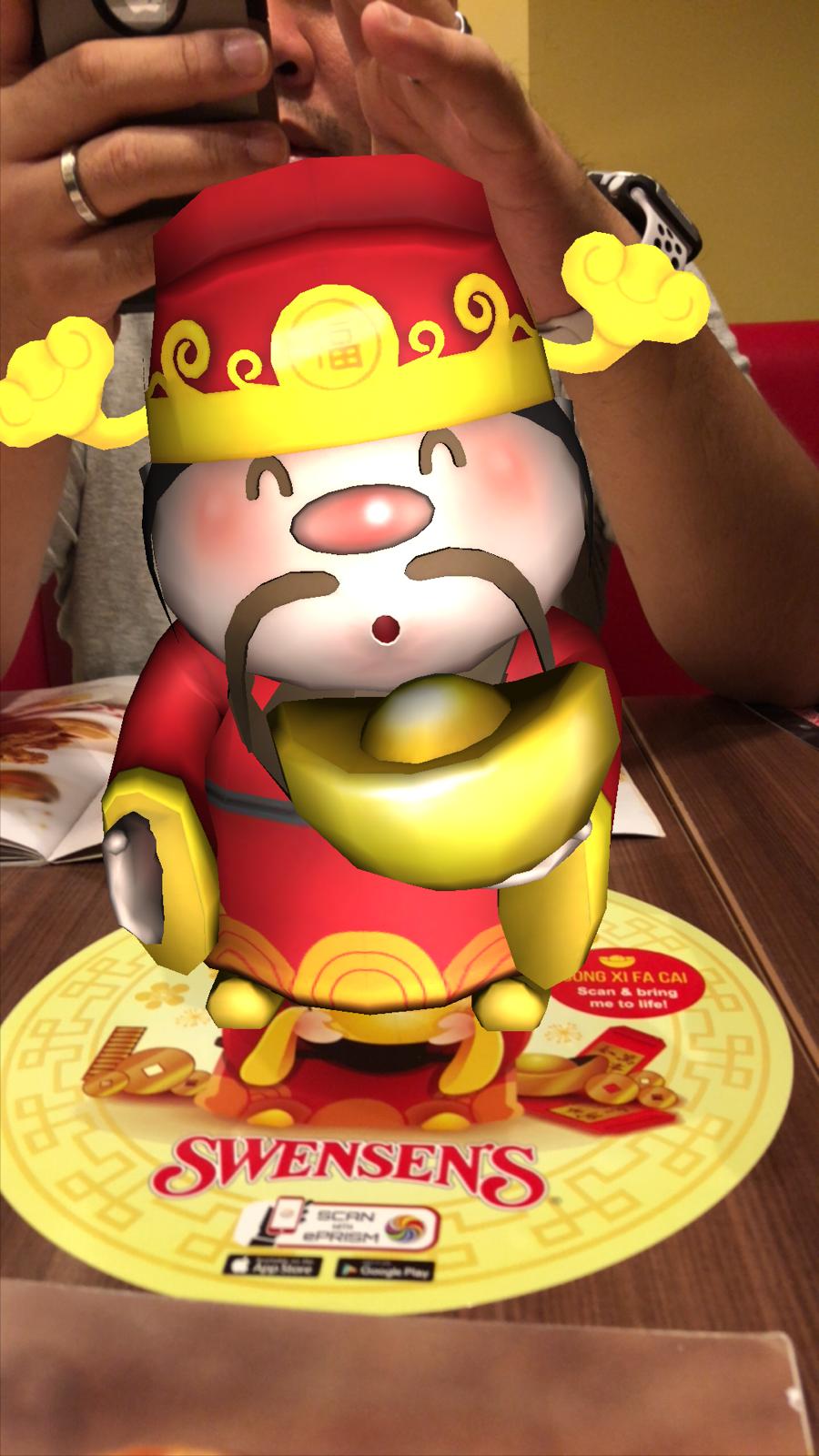
Free: Augmented Reality in Singapore
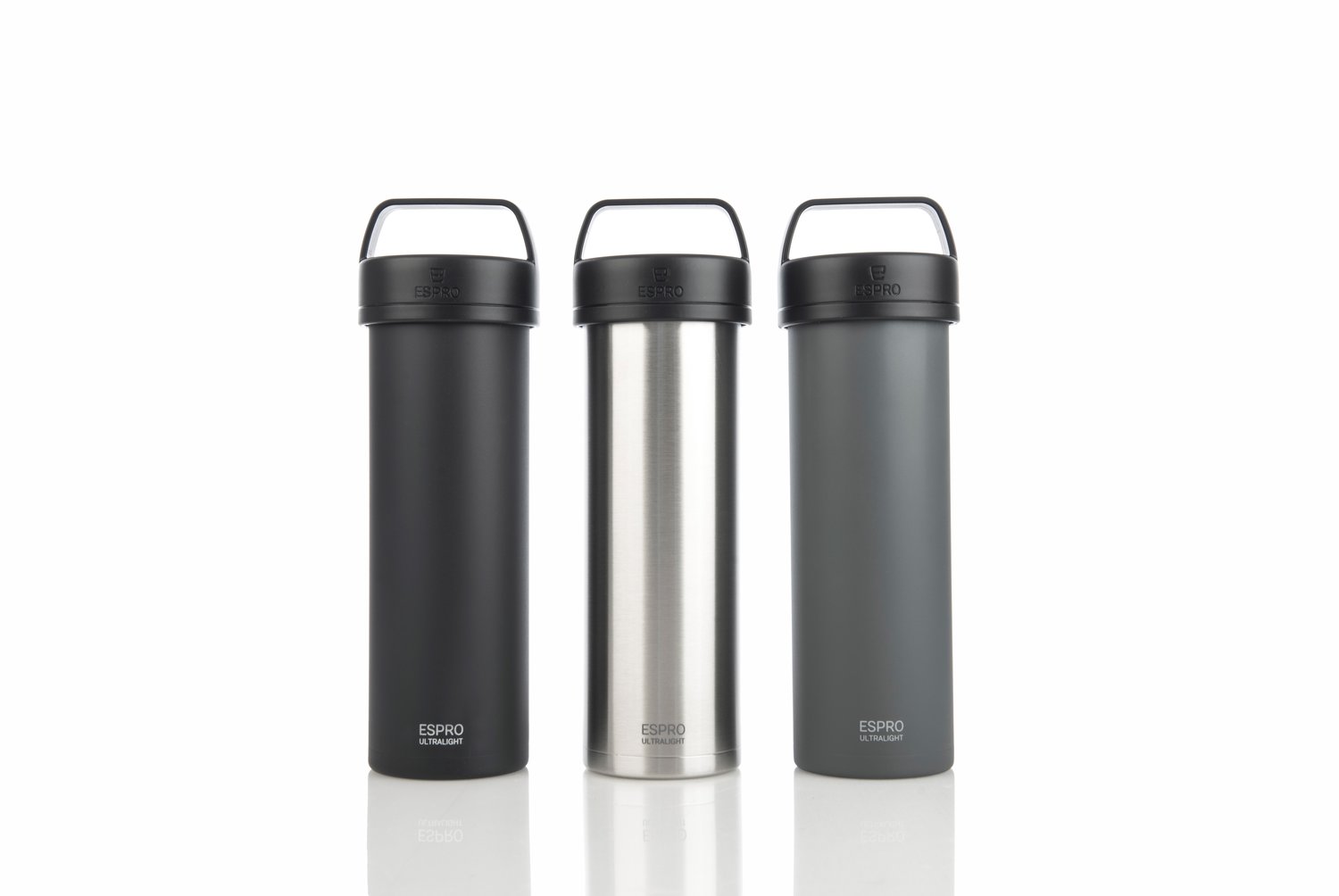
Learn more about ESPRO UltraLight in Singapore
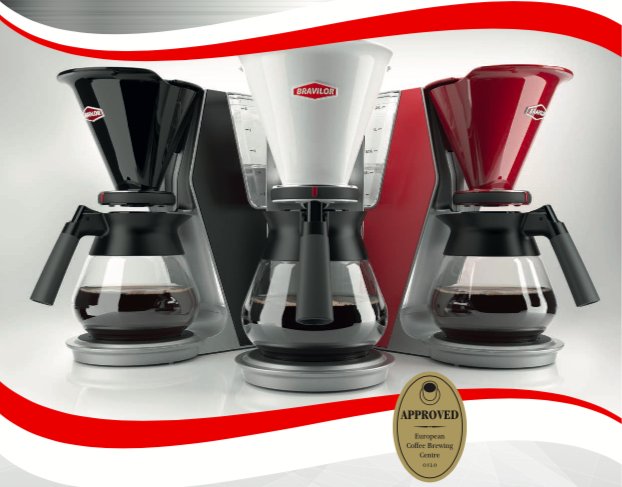
The best filter Coffee Machine in Singapore
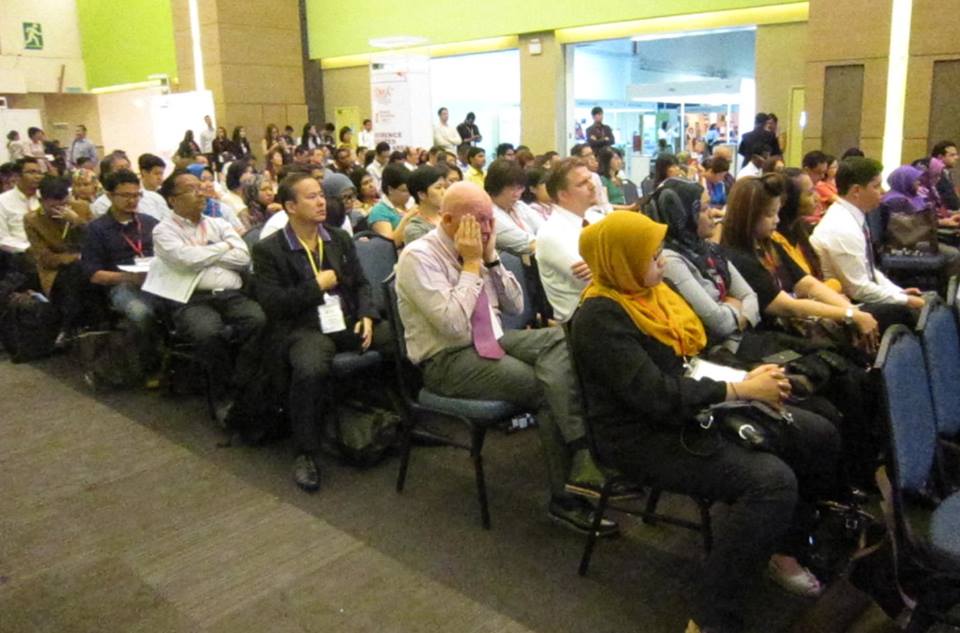
SkillsFuture Series: F&B Market outlook
- Venue: Temasek Polytechnic
- Date: 25 June 21
- Time:9 to 6 pm
- Contact us for more details
